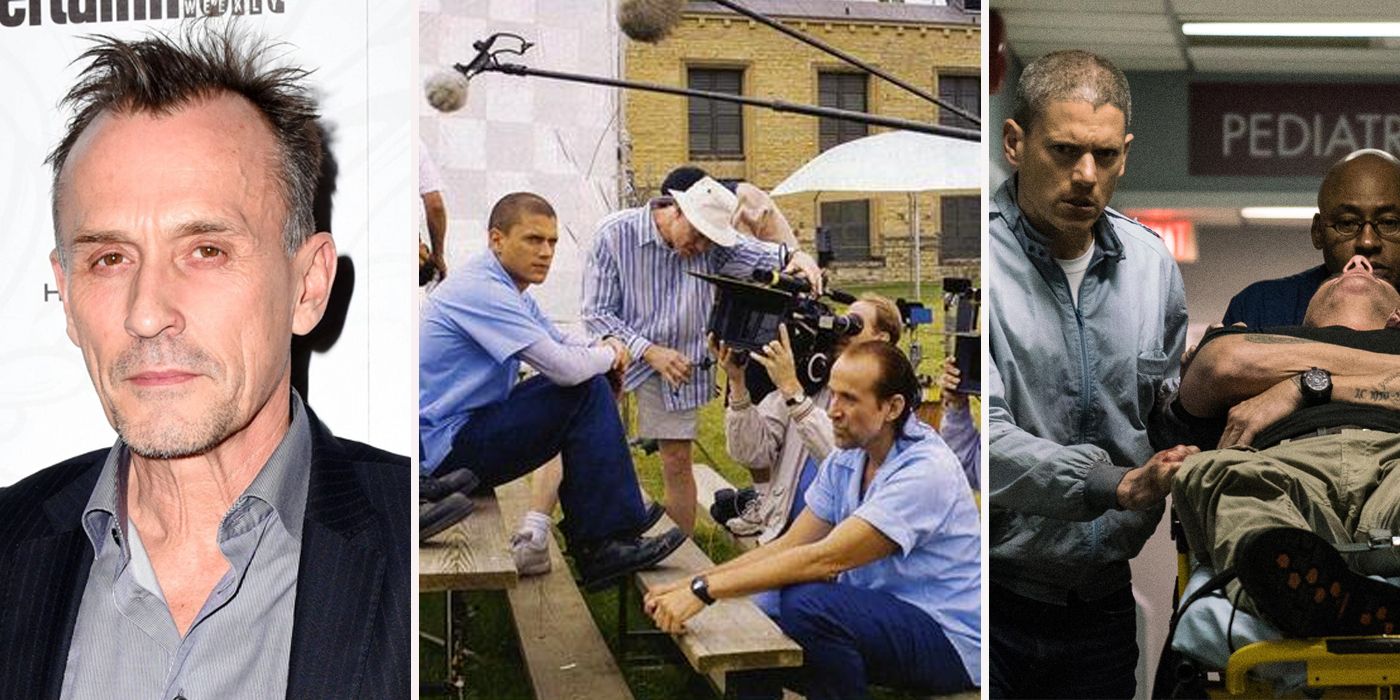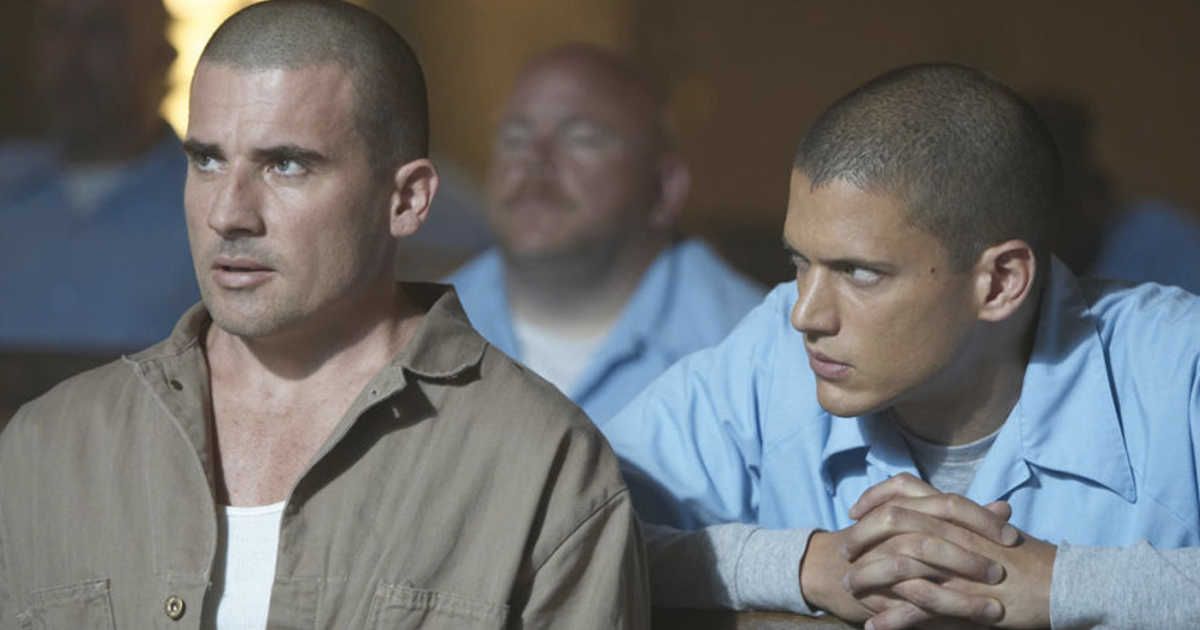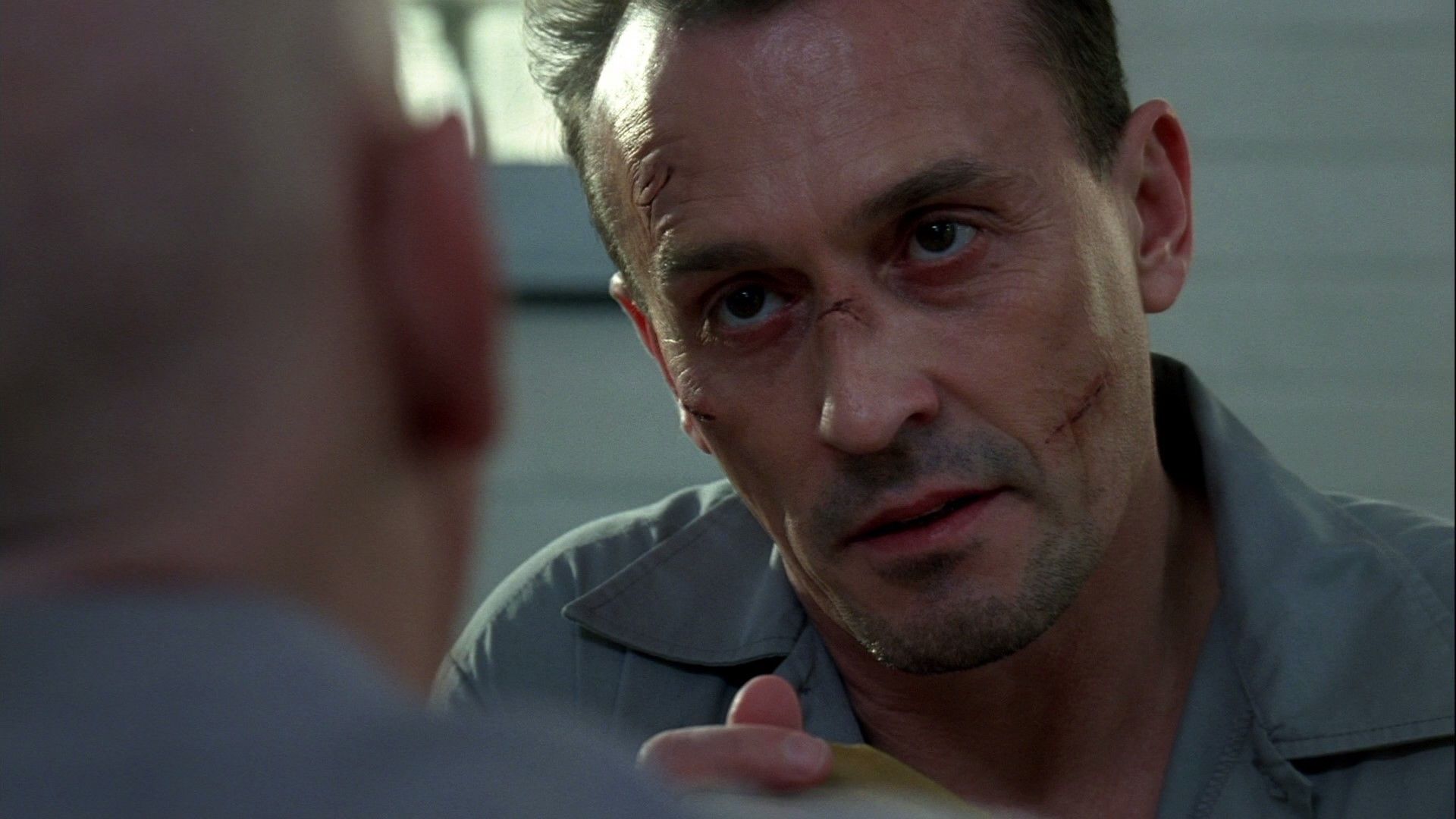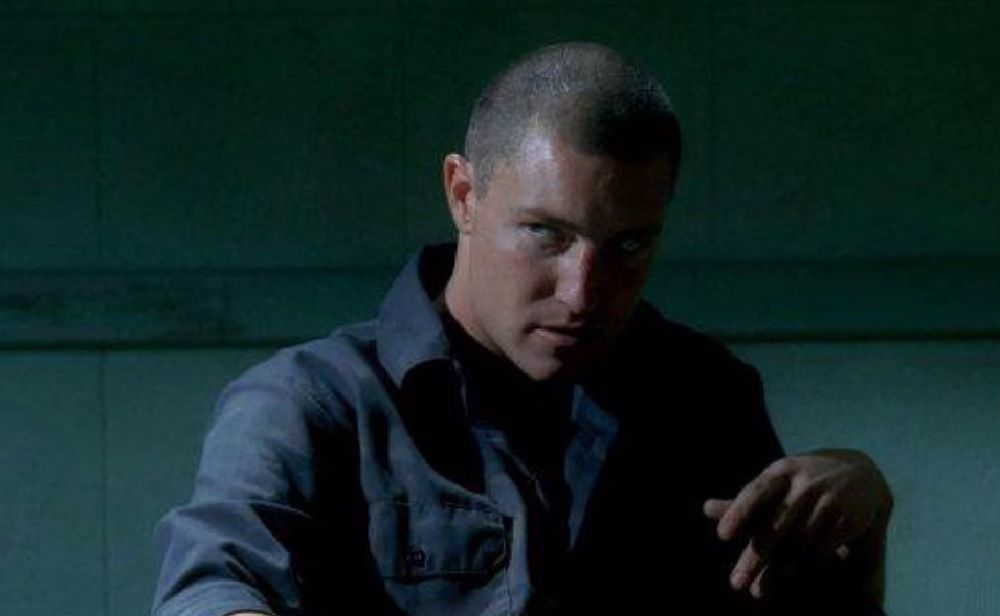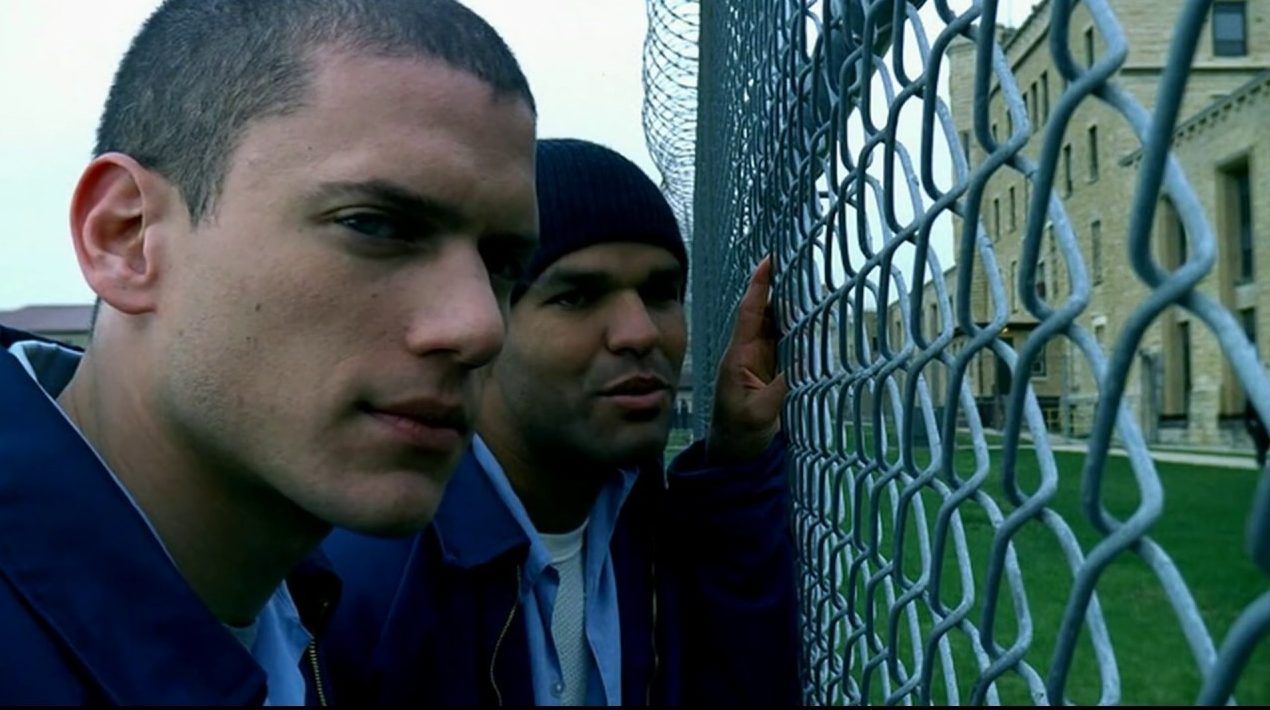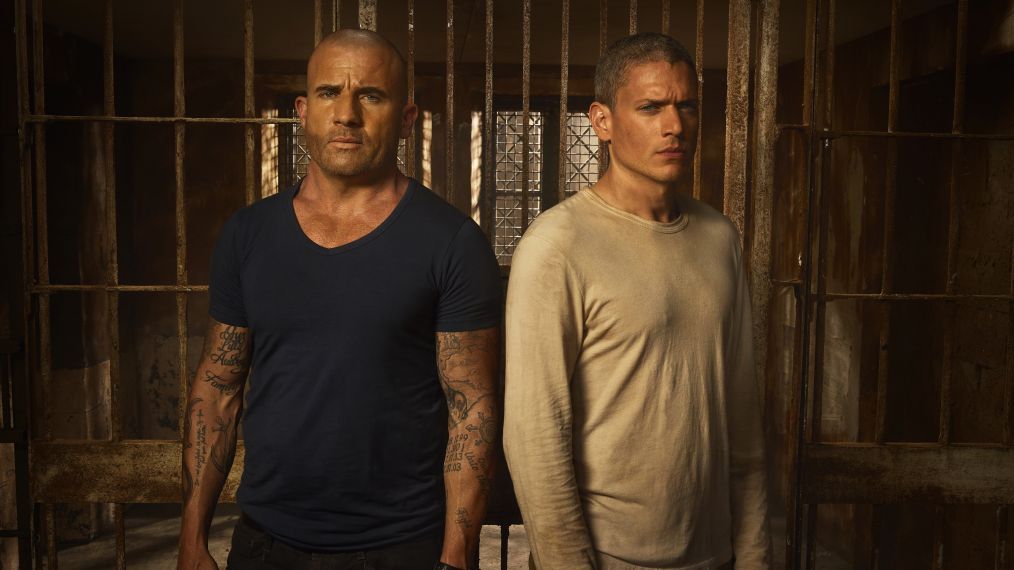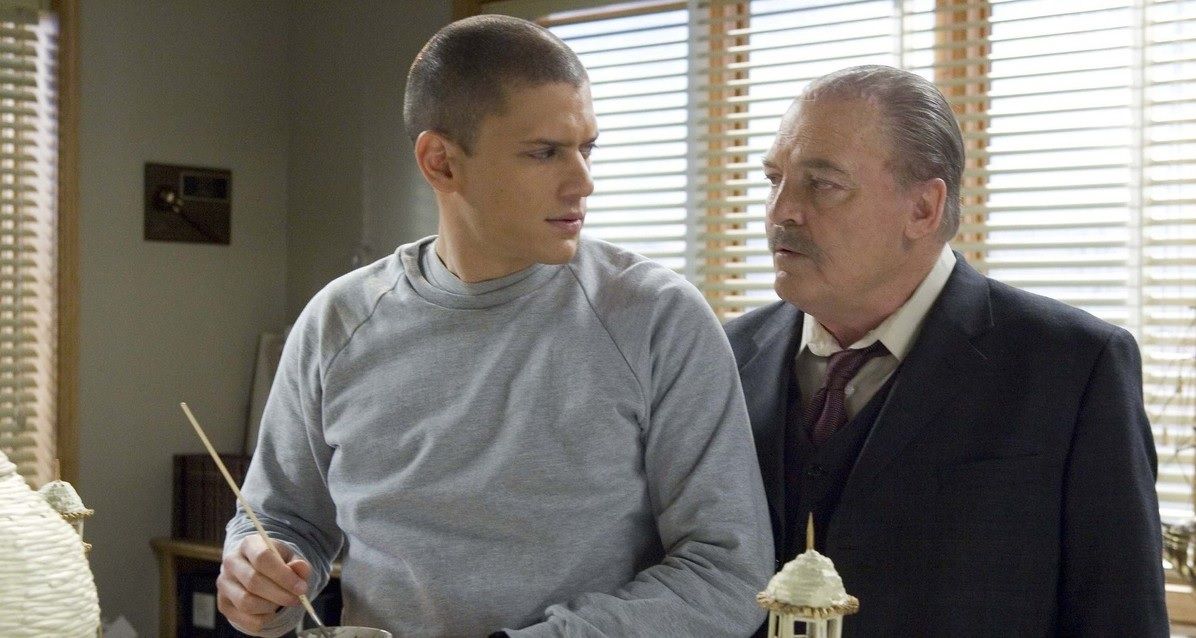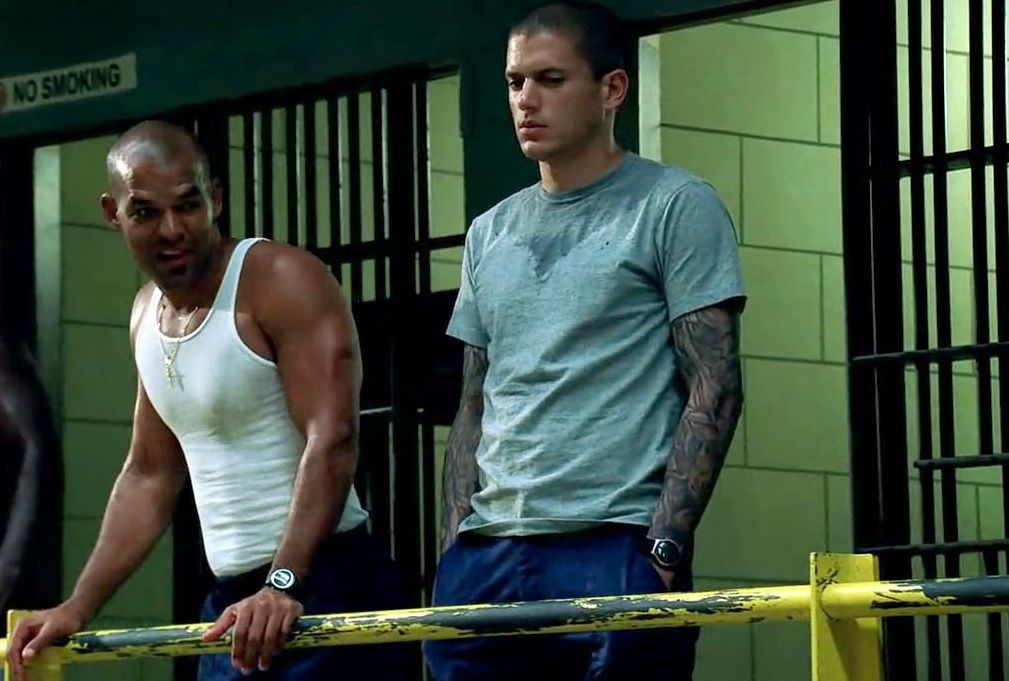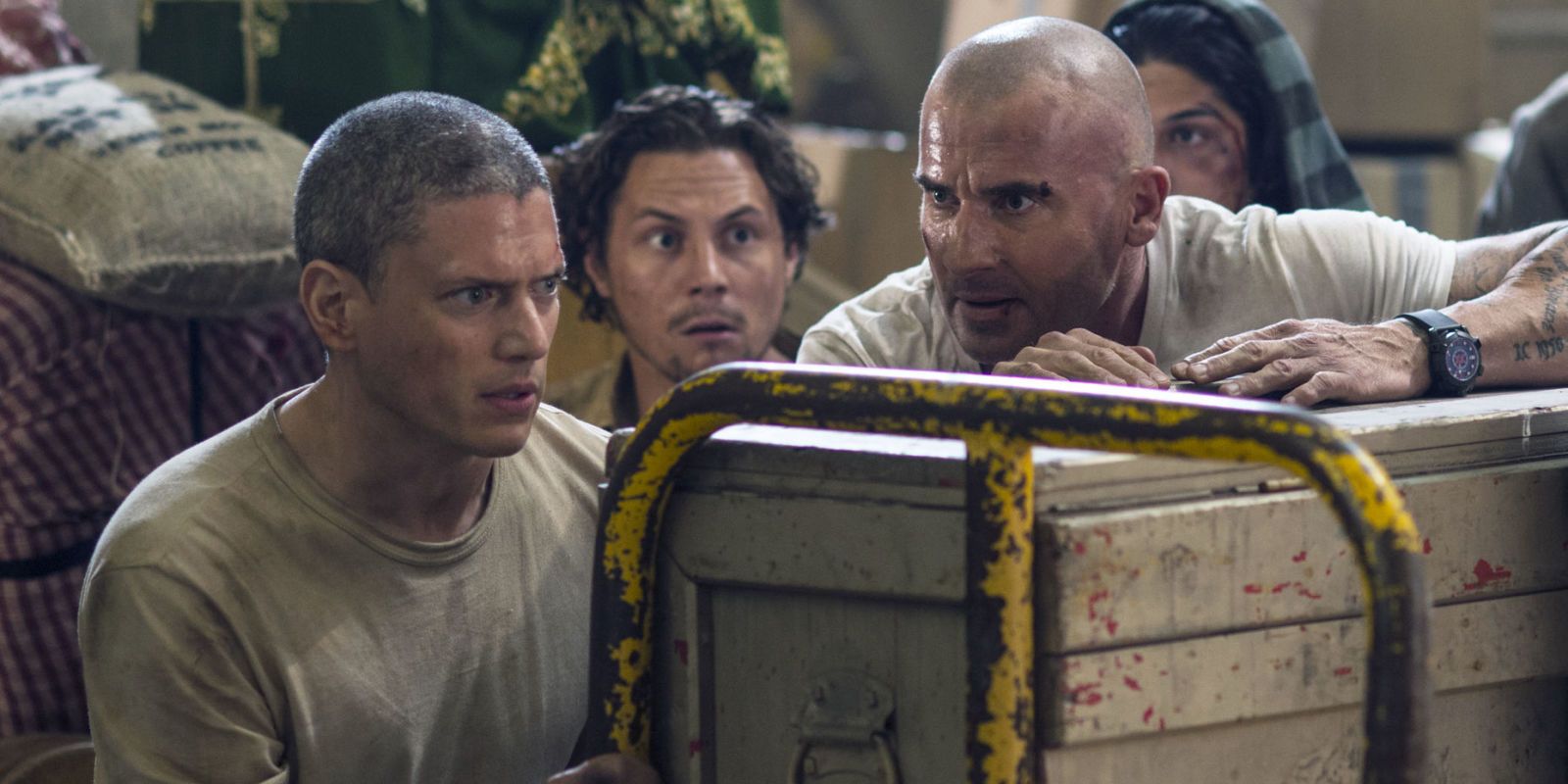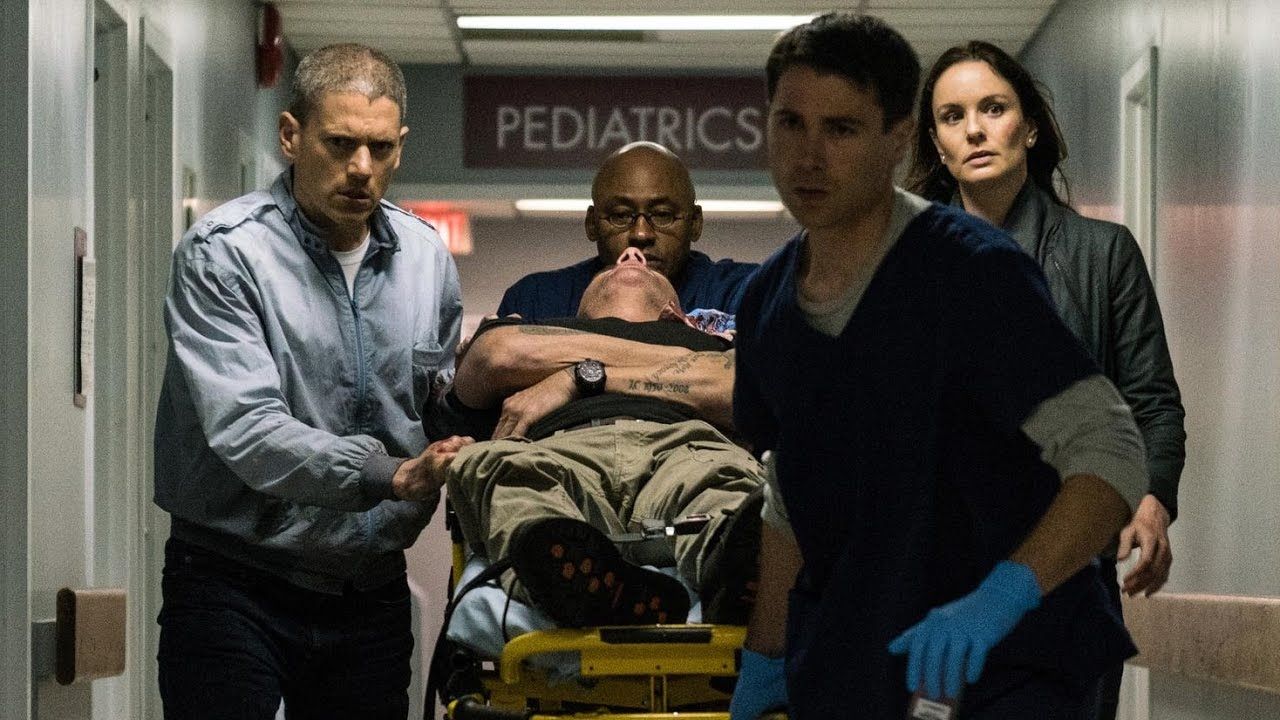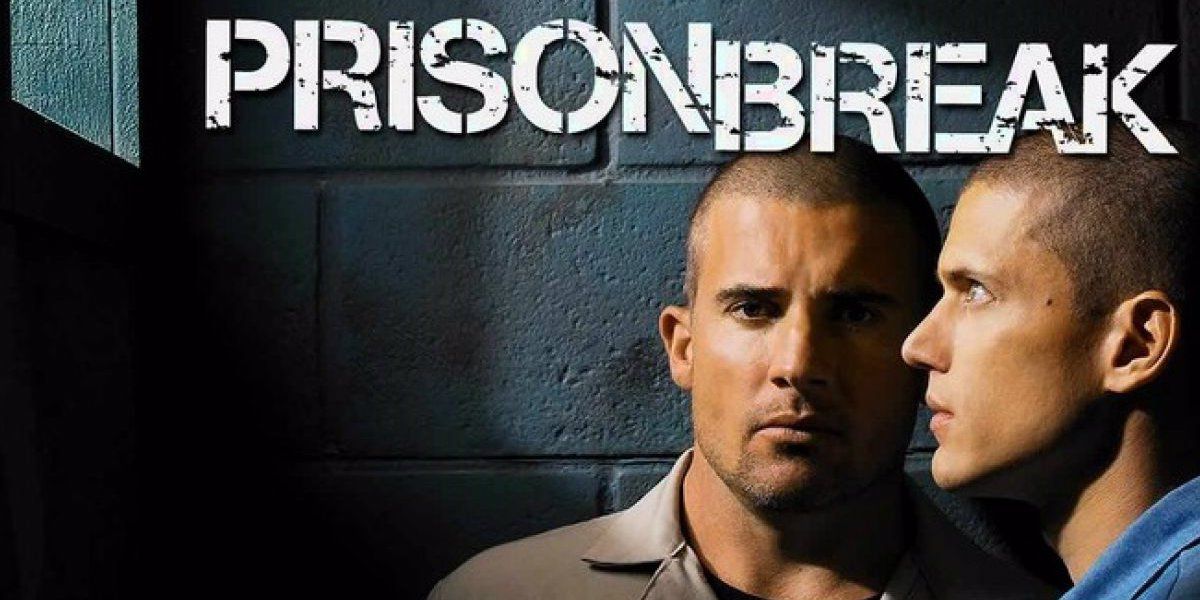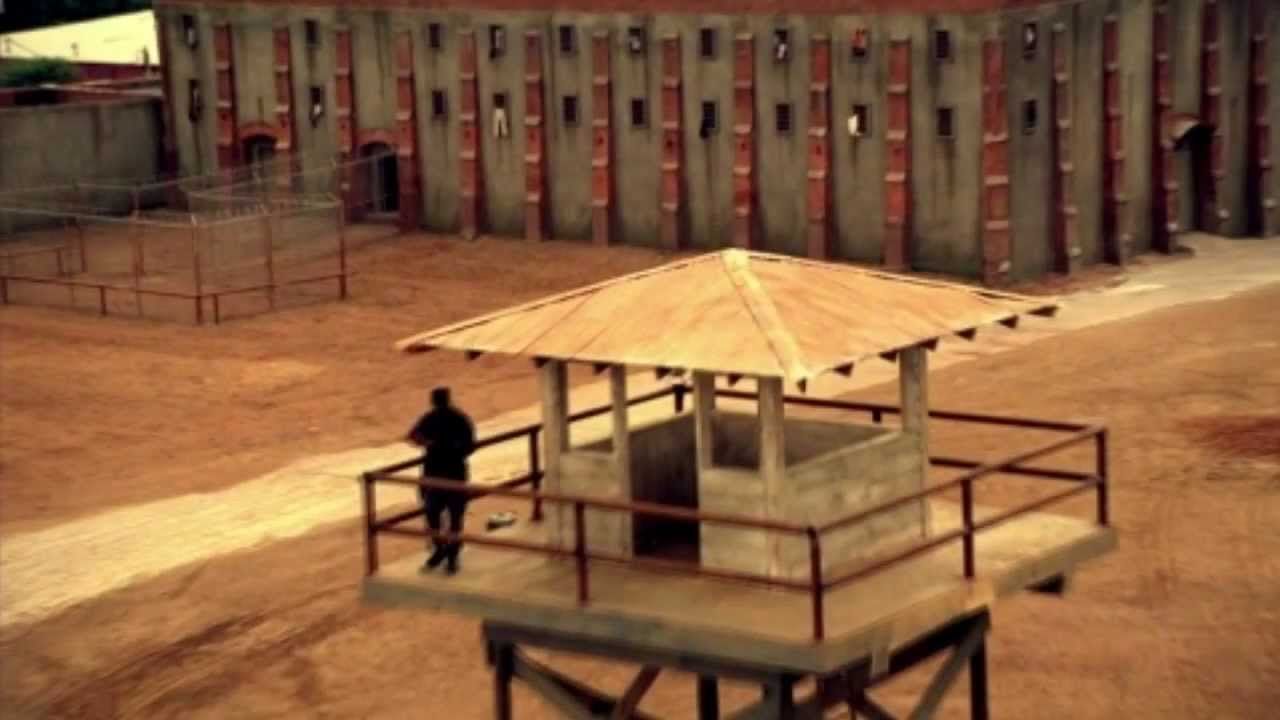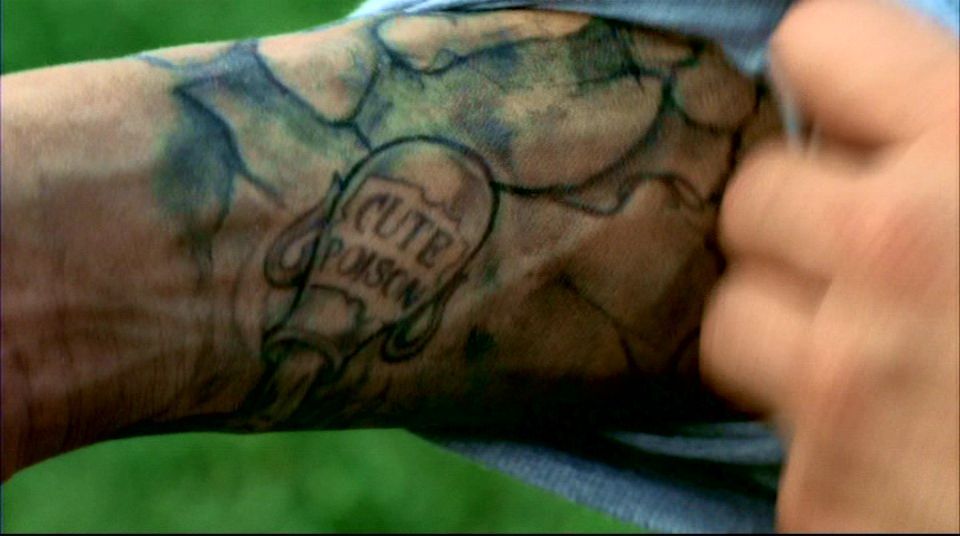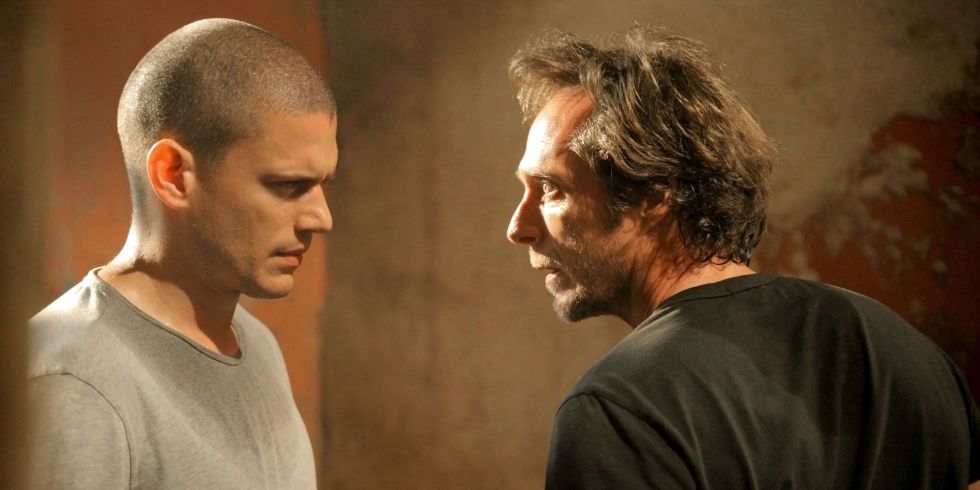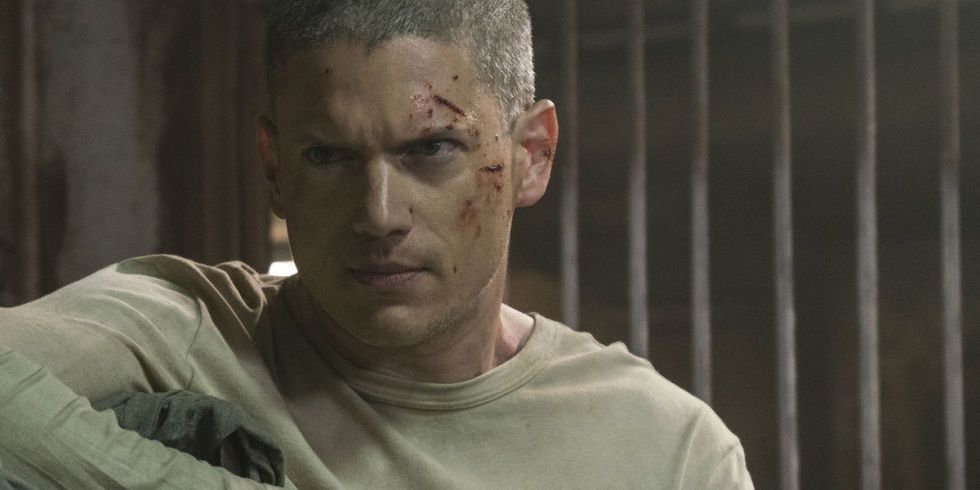Prison Break became a smash hit when it started in 2005. Fans kept coming back for the excitement and tension, as Michael Scofield executed his complex plan to break his brother out of prison.
While Michael painstakingly worked out his own plans, the show also offered up a compelling cast of characters that fans rooted for, sometimes against their better judgement.
The series had a spark that kept the story going long after the inmates made it outside the prison walls. Prison Break proved to be so magnetic that the network returned to it almost a decade later with a fifth season and has now announced an upcoming sixth season.
However, the behind-the-scenes work of turning Michael's intricate plans into reality and creating exciting new conflict was not always an easy task. Prison Break had trouble even getting off the ground, almost killed in its idea stage. The show also drew on real-life dark pasts to bring the story to life.
Throughout the series, the producers had multiple woes over the cast, starting before production and continuing years later to affect the upcoming season. Filming was often difficult, resulting in uncomfortable work and on-set injuries. Even though the show was beloved by fans, it also could not avoid its share of controversy.
Here are the 15 Behind The Scenes Secrets You Didn't Know About Prison Break.
15. Fox was sued by two brothers claiming the show used their life story
Prison Break was radically different from most shows at the time of its premiere, but it was built on similar stories throughout film and television history, such as The Great Escape and The Fugitive.
The creative twist was the story of two brothers within a classic escape plot. That brotherhood twist got Fox slapped with a lawsuit in 2006 by two brothers claiming they had used their life story.
In 1964, Donald Hughes broke his brother Robert out of a juvenile detention center. At the age of 16, Robert Hughes was wrongfully accused of a crime and sentenced to five years of incarceration.
His older brother planned his successful escape, and the two lived as fugitives for four years, but were eventually exonerated. The brother claimed that they had sent a manuscript about their ordeal to Fox, but the network rejected it.
14. Robert Knepper was accused of assault
In the wake of the allegations against Harvey Weinstein, accusations of assault and misconduct involving many other men poured forward. In November 2017, a costume designer accused Robert Knepper of assaulting her on a movie set.
Four more women later came forward accusing him of assault.
Knepper denied all of the allegations, claiming that he had been falsely accused.
At the time, Knepper was starring on iZombie, produced by Warner Bros. TV. After his first accusation, Warner Bros. launched an investigation. The investigation found no wrongdoing on the set of iZombie, and Warner Bros. decided he would remain on the show.
However, all five allegations of misconduct took place before he joined his current show. Given the state of Knepper's assault accusations, it's unlikely that T-Bag will be appearing in any future seasons of Prison Break.
13. Tweener was killed off shortly before the actor was sent to jail
Personal problems have ended roles for actors and actresses on many occasions, but this was narrowly avoided in the case of Lane Garrison, who played David "Tweener" Apolskis.
Tweener was killed off Prison Break in a dramatic turn in the second season. His character's unfortunate death happened not long before Garrison found himself in real-life legal troubles.
In 2007, Garrison pled guilty of ending someone's life with his car after he was involved in a fatal car accident. Police reported that Garrison was driving with his blood alcohol level over twice the legal limit at the time of the crash, which killed a 17-year-old passenger in the car with him.
He was sentenced to 40 months in jail, four years of parole, and $300,000 in restitution payment. He has continued his acting career since his release in 2009.
12. The show was banned in some prisons
It's clear that Michael Scofield has yet to meet a prison that he couldn't escape from in the last five seasons. Thus far, he has escaped from or allowed someone else to escape from four different prisons.
When Prison Break aired, some prison officials were worried that Michael's talent for engineering elaborate escape plans would be too educational and inspirational.
The show was banned from thirteen prisons in the United States, ensuring that the prison population did not get any ideas from the schemes that Michael executed throughout the series.
Prison officials were apparently worried about having the inmates thinking too much on the idea of prison breaks. However, many prisons still allowed inmates to watch the show, presumably less worried about an over-the-top prison break plan threatening their real-life security.
11. Wentworth Miller and Dominic Purcell were cast at the last minute
When producers finally got Prison Break green-lit, they ran into a huge casting problem. Despite many auditions, they could not find the right people for the lead roles.
Series creator Paul Scheuring stated, "We went through some harrowing weeks seeing just about every 25 to 35 actor in LA for the Scofield part. There is a mysterious element about Michael and all these guys would come in playing mysterious, but it was so cheesy and false."
He continued, "It was one week 'til production and Wentworth walked in and he was Scofield times ten."
Even though Wentworth Miller was cast at the last minute, Dominic Purcell was the last actor to be cast, only three days before the start of production because Scheuring did not originally think Purcell was right for the part. The production crew was shocked at how well the casting worked out that late in the game.
10. Stacy Keach used his own time in prison as an inspiration for Warden Pope
Stacy Keach played Warden Pope of Fox River, who served as something of a kindred spirit for Michael. Pope was portrayed as a surprisingly genuine character, perhaps because he was based on a real person in Keach's life.
Keach used his own time in prison to get into his part on Prison Break, basing his portrayal of Pope on the warden of the prison where he was incarcerated.
In 1984, Stacy Keach spent time in prison after he was arrested for possession of cocaine and taking cocaine into Britain at Heathrow Airport in London. He pled guilty to the charge and was sentenced to serve nine months in Reading Prison.
His prison sentence was big news at the time, as he was starring in a show in Britain that had to cut its season short. Fortunately, Keach was able to leverage that experience to influence his character on Prison Break.
9. Parts of the show were filmed in John Wayne Gacy's cell
When delving into life in prison and the details of breaking out, producers wanted the prison itself to be as real as possible. They found the perfect filming location in the Joliet Correctional Center, which has a long history spanning over 150 years.
The prison stopped housing inmates three years before the show's production, opening it up for filming. Many cast members commented that filming in Joliet aided their performance, as it made their characters' time in prison feel real.
Dominic Purcell ended up filming in a cell with a notorious history. Purcell's Joliet cell once housed the serial killer John Wayne Gacy, which was a little too creepy for some of the crew. Purcell remembered, "I got on set and the makeup person refused to go into the cell. I said, `What's going on?' and she said, `That's where Gacy was.'"
8. The move to the Middle East was controversial
The long-awaited return of Prison Break brought the story to Yemen, where Michael was imprisoned as a terrorist. The new storyline was somewhat controversial, taking Michael and the rest into ISIS-controlled territory.
The story did not seem to shy away from weaving in the complex political and religious situation of the region. Despite this, the producers were very clear that they did not want the story to be political.
Series creator Paul Scheuring stated that he has no interest in making political commentary within the show.
However, the show premiered at a time of high tension in the United States when Islamophobia was at the forefront of the national conversation.
This brought Prison Break into the sphere of political commentary, regardless of the producers' intentions. Some critics praised the revival for a few positive portrayals of Muslim characters, but other critics lambasted the show for playing into Islamophobia.
7. Dominic Purcell was seriously injured during filming
The filming of Prison Break has always been arduous, but once it became dangerous for Dominic Purcell. While filming the season five revival, Purcell sustained a serious injury while on set.
After an iron bar fell on his head, he had to be airlifted to a hospital in Casablanca, Morocco. He received treatment for a head injury and a broken nose, requiring 150 stitches.
Purcell commented, "My stunt guy came up beside me, and I looked at him and said, 'Dude...What happened?' And he said, 'Your head’s split right open, I can see your skull, your nose is on the other side of your face.'... I thought I was going to die."
Finding medical treatment in the remote location was also difficult. Purcell made a full recovery and was back on set within weeks. He was not written out of any scenes, but his injuries had to be written in.
6. Sara was killed off because of pregnancy and contract disputes
The third season took a dark turn when Sara Tancredi was killed off the show. Though she eventually did return, the head-in-a-box reveal left fans shocked and fairly convinced that her character death was final.
However, Sara's death was not supposed to happen at all. The plot twist resulted from Sarah Wayne Callies' real-life pregnancy.
The writers originally did not plan to kill off Sara when Callies' pregnancy was announced, but they later decided it would provide plot motivation for Michael.
Callies was supposed to have 13 episodes for her and Michael to say goodbye, but Callies would have had to make a new contract with Fox, which she declined to do.
Her pregnancy also complicated filming, making Sara's death rather unceremonious in the final cut. However, the fourth season renewal brought Sara back to life once the issues with Callies had been resolved.
5. The network has a strange history with spin-offs
After Prison Break became a massive hit, Fox tried to use the success of the show to promote various spin-off materials. The first was the Prison Break: Proof of Innocence shorts, which revolved around Amber McCall trying to exonerate her friend L.J. Burrows.
It was released exclusively for mobile phones, because it was 2006 and that probably seemed like a cutting-edge decision at the time. Another series of shorts, Prison Break: Visitations, centered on the villains of Sona.
Fox then decided to try their hand at a true spin-off series called Prison Break: Cherry Hill, focusing on a women's prison. Molly, the protagonist of the spin-off, was meant to be introduced during Prison Break's third season.
However, producers had trouble casting her and then were derailed by the WGA strike. Fox later announced Cherry Hill would merely be an unconnected brand spin-off, then it disappeared completely.
4. Sona prison was based on a true story
In season three, Michael and company were thrown into the Sona Prison, which operated in a strange way. After the prisoners started a violent riot, the prison guards retreated outside the prison walls and left the inmates to run things on their own.
Sona's interesting set-up was partially based on the true story of Carandiru, a prison in Brazil, but real life turned out to be more violent than Prison Break.
In 1992, the prisoners of Carandiru started a riot and the guards lost control of the situation.
In the real-life case, the military police took over, and they ended the standoff by storming the prison and ending the lives of 111 inmates.
Forensic evidence concluded that the prisoners were likely executed by the military police. Dozens of policemen were sent to prison for their part in the massacre, and the incident was considered a human rights violation.
3. Michael's tattoo caused a lot of problems
Michael's tattoos were an iconic part of the series, which made many fans question why Michael got a quick tattoo removal in season four. Producers regretted the shoehorned scene, but the tattoos had become far too difficult to maintain.
From the beginning, Michael's ink required four and a half hours of makeup to apply every day. At least part of the tattoo had to be applied every time Michael's torso or arms were shown.
Wentworth Miller eventually requested that the tattoo be removed to make filming easier. He explained, "In 100-degree heat, [I was] wearing long-sleeve shirts because we’re still pretending I actually have the thing on."
As the tattoos were no longer plot-relevant, the request was granted. When Prison Break returned for its fifth season, Michael's elaborate tattoos returned in all of their former glory.
2. The third season was affected by the Writer's Strike
The WGA strike of 2007 rocked most of Hollywood at the time, forcing changes in many shows that were airing at the time.
Dozens of shows aired with shorten seasons due to delayed production.Others were postponed for a long hiatus or cancelled by the networks. Prison Break was one of the lucky shows to continue production.
However, it aired with a shortened season of 13 out of the usual 22 episodes.
The producers reportedly had to turn their mid-season cliffhanger into the season three finale.
The plan may have worked out for them in the end, though, as some speculate the shortened third season was a big reason Fox renewed the series for its fourth season.
The strike may have also cancelled the intended spin-off Prison Break: Cherry Hill.
1. Fox originally turned down the show
Although Prison Break turned out to be one of Fox's most popular shows, the network was not convinced the show could succeed at first.
When series creator Paul Scheuring pitched the idea to Fox in 2003, the network executives turned him down. They did not believe the show had long-term possibilities. Scheuring pitched to other networks, who also turned it down.
Prison Break was then considered for a miniseries, an idea which briefly drew the attention of Steven Spielberg. By that time, television networks had also witnessed the successes of similar shows like Lost and 24.
Fox decided to reconsider Scheuring's idea for a television series and green-lit the project in 2004. In retrospect, with five seasons of Prison Break and a sixth expected, the network saved themselves from a huge mistake and avoided turning down a long-term hit.
---
Can you think of any other dark secrets about Prison Break? Sound off in the comments!

